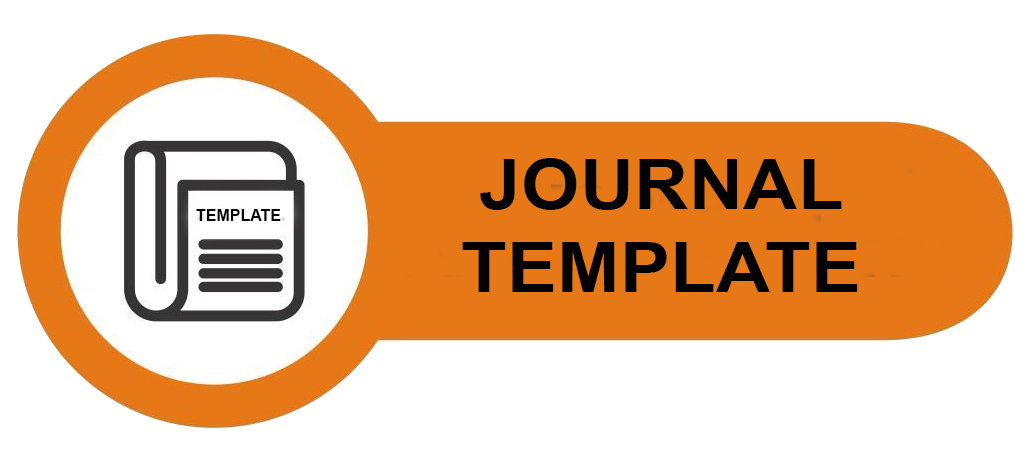An Analysis of Derivational and Inflectional Morpheme in Selected News From Tempo.Co
Abstract
The objectives of this research are to know the derivational and inflectional morphemes and to know the functions of morpheme in the selected news from Tempo.co. This research uses qualitative method. The analysis shows that the derivational and inflectional morphemes found in Tempo.co as 357 words. Derivational shows 97 data (27.17 %) and inflectional shows 260 data (72.83 %). Derivational changes the grammatical categories of words which consists of suffix and prefix, for example, noun-forming suffix changes the words/morphemes to nouns in the suffix –ion, -ment, -ist, -ship and –er. Adjective-forming suffix changes the words/ morphemes to adjectives in the suffix –able, -al, -ful, -ic, -cal, and –ous. Adverb-forming suffix changes the words/morphemes to an adverb in the suffix –ly. While, verb-forming prefix changes adjective to new adjective or form verb to new verb in the prefix un- and mis-. The inflectional does not change the grammatical categories of words which consists of “-s, -‘s, -er, -est, -s, -ed, -ing, and –enâ€. The suffix –s means plural. The suffix -‘s, -s’ means possessive. The suffix –er means comparative. The suffix –est means superlative. The suffix –ed means past. The suffix –ing means Ving (continuous). The suffix –en means participle.
References
Coelho, E. (2004). Adding English: A Guide to Teaching in Multilingual Classrooms. Pippin Publishing Corporation.
Ella, A. (2018). The Analysis On Derivational And Inflectional Morphemes In Reading Texts Of English Textbook For Senior High Schools Published By Ministry Of Education And Culture [Undergraduate, Pendidikan Bahasa Inggris]. http://repository.uir.ac.id/272/
Endang, S. N. (2015). The Analysis Of Derivational And Inflectional Morphemes In Lyric Of Songs Adele Albums [S1, Universitas Muhammadiyah Surakarta]. http://eprints.ums.ac.id/32779/10/10.%20APPENDIX.pdf
Gibbs, G. R. (2008). Analysing Qualitative Data. SAGE.
Guzzetti, B. J. (2007). Literacy for the New Millennium: Adult literacy. Greenwood Publishing Group.
Hammersley, M. (2013). What is Qualitative Research? A&C Black.
Harris, M., Hatano, G., Butterworth, G., & Fischer, K. W. (1999). Learning to Read and Write: A Cross-Linguistic Perspective. Cambridge University Press.
Joshi, M. (2016). Regular and Irregular Verbs: English Verb Forms. Manik Joshi.
Khullar, P. (2018, February 26). Inflectional and Derivational Morphemes. LanguageLinguistics. http://languagelinguistics.com/2018/02/26/inflectional-derivational-morphemes/
Kopka, D. (2010). Milliken’s Complete Book of Instant Activities - Grade 5: Over 110 Reproducibles for Today’s Differentiated Classroom. Milliken Publishing Company.
McGregor, W. B. (2015). Linguistics: An Introduction. Bloomsbury Publishing.
Nordquist, R. (2019a). What Is Inflectional Morphology (Words). https://www.thoughtco.com/inflectional-morphology-words-1691065
Nordquist, R. (2019b, June). Meaning and Examples of Infectional Morphemes.
Nordquist, R. (2019c, July 25). What Are Derivational Morphemes? ThoughtCo. https://www.thoughtco.com/derivational-morpheme-words-1690381
Obrien, T. (2018). The Grammar Train. Saraswati House Pvt Ltd.
O’Dwyer, B. (2006). Modern English Structures - Second Edition: Form, Function, and Position. Broadview Press.
Raimes, A., & Miller-Cochran, S. K. (2013). Keys for Writers. Cengage Learning.
Silverman, D. (2009). Doing Qualitative Research. SAGE.
Situmorang, A., & Arifin, T. M. (2012). Derivational and Inflectional Morphemes in Pak-Pak Language. LINGUISTICA, 1(1), Article 1. https://doi.org/10.24114/jalu.v1i1.377
Whaley, L. J. (1997). Introduction to Typology: The Unity and Diversity of Language. SAGE.
Wikipedia. (2019). Tempo.co. In Wikipedia bahasa Indonesia, ensiklopedia bebas. https://id.wikipedia.org/w/index.php?title=Tempo.co&oldid=15153686
Yule, G. (2010). The Study of Language. Cambridge University Press.







